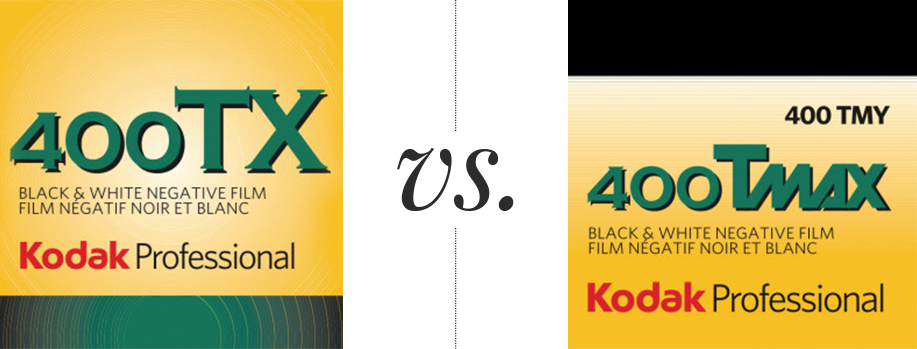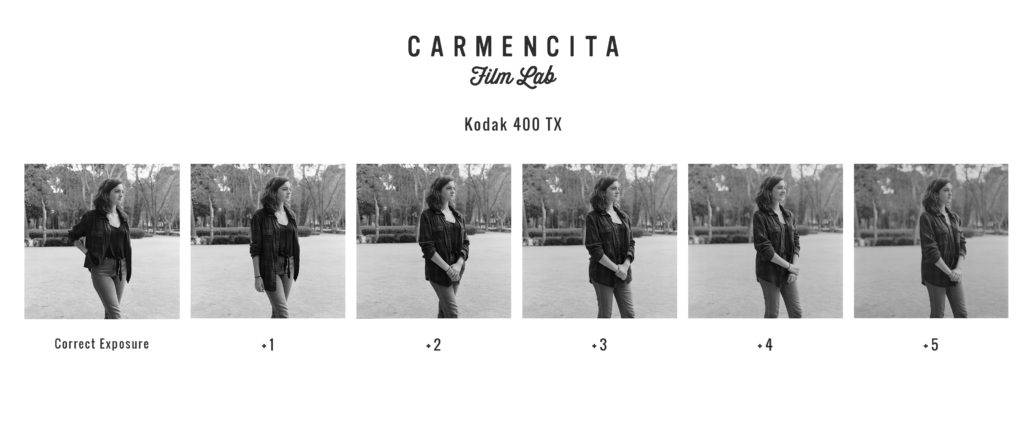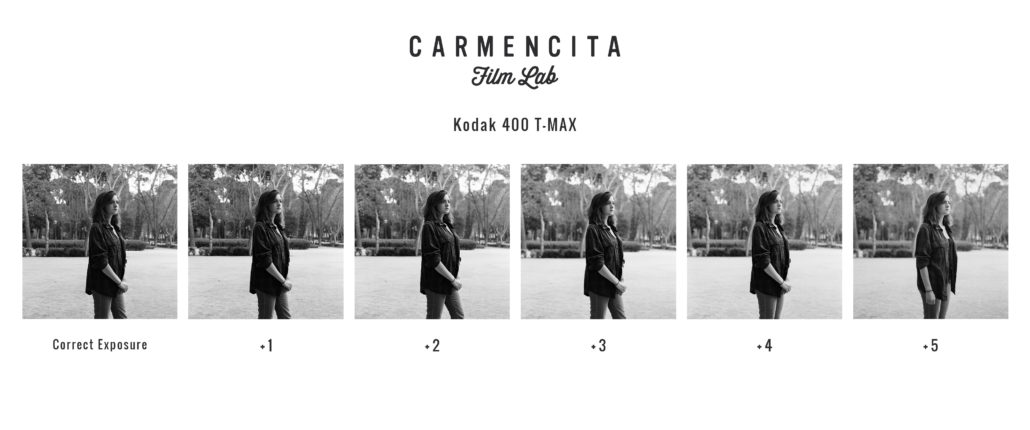Kodak 400TX vs 400 T-Max
Our aim of being helpful and bring film photography education to everyone is deeply engraved in our DNA, we want to answer the question that we have heard countless times especially at the shop. “Which are the main differences between Kodak 400TX and Kodak 400T-Max?” Same 400 ISO sensitivity, almost identical packaging and similar name… And this is only on the external aspect that they are similar. This two film stocks has been produced with different purposes, in different periods and were designed around significantly different technologies.

Kodak 400TX
Kodak 400TX or Tri-X is without a doubt the most emblematic B&W film that Kodak has and we can say with some certainty, that is the most popular black and white film currently available. The fact that Kodak 400TX was brought back from the dead (we believe in the very same fashion used with Jon Snow) also helped to increase its fame. They were actually photographers that claimed its come back!

Leica M6 + Kodak 400TX by Georges Camprubi
Tri-X was released in 35mm and 120 formats in 1954 and became one of the most popular films used by photojournalists and amateurs. One of the main reason is simply, because how extremely versatile it is, being able to be used in a multitude of light situations. It’s a medium-contrast film, meaning that under soft light it will give you a bit extra punch and under a high contrast situation you will be able to rescue some detail from both highlights and shadows. That being said, if overexposed it’s gonna start getting more contrasty!

Contax 645 + Kodak 400TX by Christoph Zoubek
The TX is not “outstandingly” sharp, but neither it needs to be. Actually too much sharpness nowadays is associated with digital photography and we found that’s often a draw back on newer/sharper films like T-Max, basically it looks “too perfect”.
Now we are talking about its grain. Oh what a grain! Its cubic grain structure make it to most photographers the apple of their eyes. The feel of Kodak 400TX film grain could never be reproduced by any digital media. In 35mm format, its grain is very present, but also very pleasant. In 120 roll medium format, it’s significantly reduced but still keeping a unique flavour.
To summarize, 400TX is mean to cherish the analog character, that nostalgia that comes every time we see images from the golden years of Magnum photographers. The grain will feel very natural to your eye, it won’t be perfect, some blacks might be a bit too strong sometimes but who needs detail everywhere? Go out, make mistakes, shoot first and think afterwards, use your intuition and don’t ask too much questions, that’s for us what this film embodies : )

Contax 645 + Kodak 400TX by Harald Claessen
Kodak T-Max 400
Kodak T-Max 400 was originally launched in 1987 and was reformulated in 2007 to deliver even finer grain and higher sharpness. This film was created with the T-Grain emulsion technology that is based on the maximum use of the emulsion in the distribution of silver in the film in Tabular form. As we explained on the HP5 vs Delta 400 article, film stock that uses this technology (such as Delta, Acros, T-Max) have flat crystals instead of traditional films (like HP5, Tri-X, Rollei RPX) which emulsion is composed by round crystals. The flatness of the crystals and so on their better distribution permits more light absorption per quantity of silver within the emulsion. So the greater T-grain surface provides films that render sharper images and finer grain when compared to a conventional-grain film of the same sensitivity. And it’s because of that Kodak T-Max 400 is proclaimed as the sharpest and finest-grained 400 speed black and white film, offering photographers a level of clarity normally available from less speed film stocks. That’s the main reason for using this film by photographers that love this sharpy and clean look instead of the “grainy” classic look form 400TX or HP5+.

FujiGA645Zi + Kodak 400T-Max by Christian Strahl
Another point to stand out is it’s that, also because the T-Grain technology, T-Max retains more details at the shadows and the highlights instead of 400TX that tends to get more from the midtones. That characteristic profers T-Max a great response when pushed during the development process so that the contrast will be manageable in high contrast situations and it will retain more information from the shadows. If you aren’t familiarized about the term push you can read about this process here.
Well, here is where newer technology come right in, we see that T-Max handles suprisingly well the overexposure, even at +4 stops! Not that is anything you will want to be doing BUT it tells you how much highlight detail it can retain. The underexposure it’s no miracle but actually Kodak advise the same developing time both 400ISO and 800ISO developing (which would be pushing +1 stop).
The transitions are usually much softer both due the grain and the dynamic range and when it comes to the latest, it clearly outstands it’s older brother TX. So in here, we can clearly understand why Kodak wanted to get rid of it, because on paper, TX is (don’t kill us) an “inferior” emulsion.

NikonF5 + Kodak 400T-Max by Carlos Blanchard
As we mentioned earlier, there is really no battle here, even Kodak advertises for it. “Sharpest film at 400 ISO”. Back in the day, sharpness was a big deal, specially for 35mm film and T-Max was the answer to a demand. If you think how film sales were counted by millions, if you could have a superior product that your rival on the shelves that could easily make a difference. So yes, T-Max outstands TX without a doubt.
From our perspective T-Max is for those who really aim at creating high quality pictures, for those who do not fancy grain too much and for those who are all about the smooth grey transitions. Or in the other hand for those who want/like/need fast speed B&W film and still want to use Kodak.

Hasselblad 503cw + Kodak 400T-Max by Jari Salo
In many ways T-Max is “better” (we feel we’re overusing “quotes” in this article) than the good old TX but with the rise of digital, for many, T-Max is too perfect and that’s not the reason why they shoot film. But also, funny enough, some use the lack of grain in T-Max to push it on 35mm up to 1600 as a default, thanks to greater grain control and shadow detail you will get a contrasty mood with this “soft” film if you crunch it’s ISO. We are still not sure if it’s meant for it but it’s not random that PMax3200 has the same name (except for the P, which many say stands for “Push”). Could we be talking that PMax3200 is the same film as 400 T-Max but with a different development time? Is this real life? We’re not putting our hand on the fire with it, but for sure they share much of the same technology.

Pentax A3 + Kodak 400 T-Max by Ana Lui
We brought all our knowledge to this table and now it’s your time to decide what do you do with it! (Please don’t unfollow us) At the end, as always, the choice is yours. We can’t stress this enough, even you see images online, read blogs or articles the best is to try for yourself, even develop by yourself! If you haven’t tried this two black and white films we mentioned here we deeply encourage you to do so and you will see which one suits better your style.
Still having questions about Kodak 400TX or Kodak 400T-Max or another black and white film? Do you completely disagree what we just said? Please let us know!
Drop us a line at ask@carmencitafilmlab.com and will gladly answer!























Leave a Reply
Want to join the discussion?Feel free to contribute!